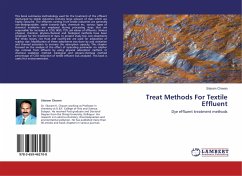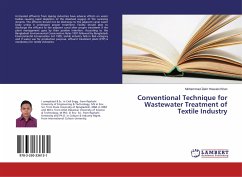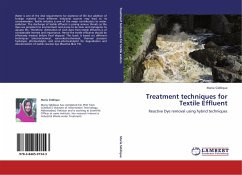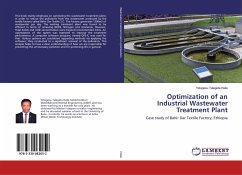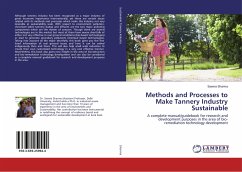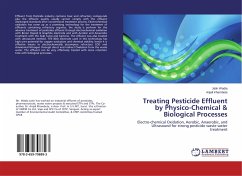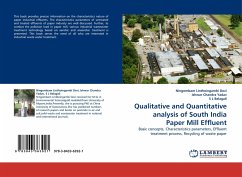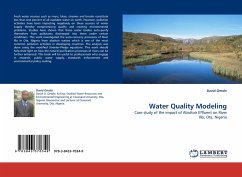This book summaries methodology used for the treatment of the effluent discharged by textile industries contains large amount of dyes which are highly coloured. The effluents coming from textile industries are generally non-biodegradable, stable towards light, chemicals etc. various types of chemical auxiliaries are employed during processing steps that are responsible for increases in COD, BOD, TDS, pH values of effluents. Various physical, chemical, physico-chemical and biological methods have been employed for the treatment of dyes. In present study low cost absorbents like tendu leaves, rice Husk and coal-fly-ash are used for adsorption of sulphur dye. Modification of these adsorbents was done by acid activation and thermal activation to increase the adsorption capacity. This chapter focused on the analysis of the effect of operating parameter on sulphur dye removal from effluent by using physical adsorption method. In chemical oxidation method, biological and physico-chemical method percentage of COD reduction of textile effluent was analyzed. This book is useful for environmentalist.
Bitte wählen Sie Ihr Anliegen aus.
Rechnungen
Retourenschein anfordern
Bestellstatus
Storno

